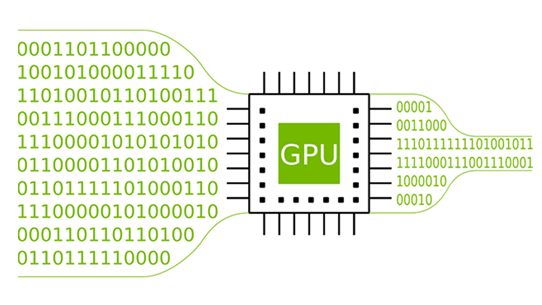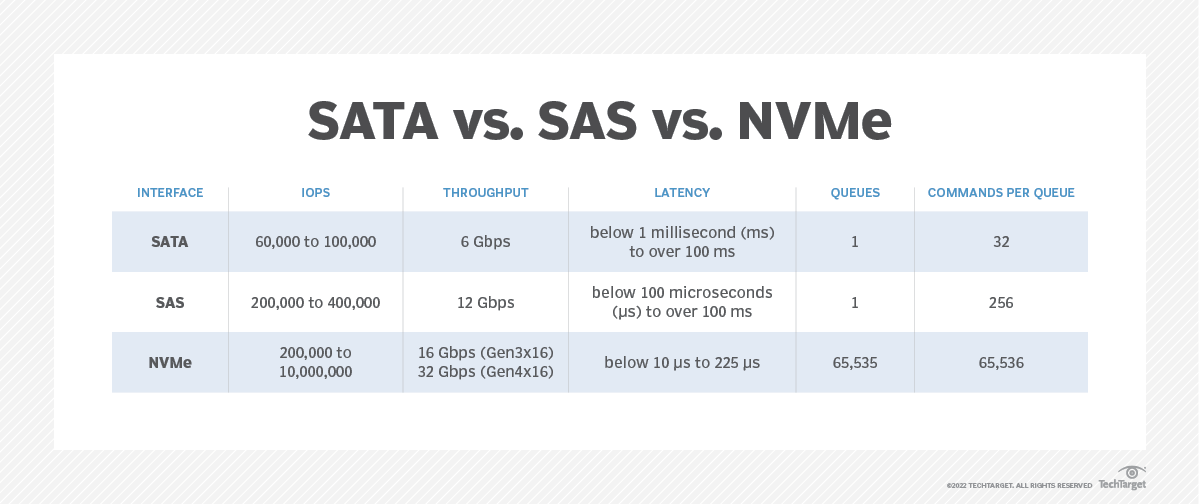I think it can be clearly stated that the construction of the current generation of consoles will be much more durable than the previous generations. And this is precisely due to hardware solutions such as decompression blocks, SFS and ultimately solutions based on SSD I/O speed. The question here is not whether it will be possible to use all these capabilities on PCs, of course it is possible, but this requires much more expensive hardware components than those found in consoles since 2020.
More expensive hardware components? Sampler feedback is an integrated feature of all DX12 Ultra GPU's. GPU decompression is also an integrated feature of the GPU (effectively) so there is no additional hardware cost to the PC gamer at all of these features over and above the GPU. Even the $299 RTX 3050 supports both these features. Direct Storage is of course free, and that just leaves the NVMe drive which you pay for what you get.
Obviously the consoles will be cheaper because the core components are purchased for less and they can be sold with less or even no margin. But it's not as if you need expensive elaborate specialised hardware solutions on the PC side to achieve the same thing.
It is clear that hardware decompression blocks and hardware-integrated SFS are a much cheaper and more elegant (and forward-looking!) technical feature than simply entrusting the solution to the GPU or CPU, which requires much more resources.
I disagree. These are integrated features of the GPU (aside from the mip blending unit in the Series consoles) . For decompression, the silicone is arguably free because it re-uses the shader cores which are required by the GPU anyway. If done well, the decompression can use async compute to do decompression when those shader cores aren't being used for gaming. This is definitely the case for load screens and also potentially the case for the much less intensive streaming requirements.
I would personally say that it is a more elegant solution to re-use hardware that is already present in the system than to have a dedicated ASIC for that specific feature that can't be used for anything else. Same on the future looking aspect. How is a fixed hardware unit future looking? It does what it does and will never do anything more. The GPU based approach allows for more advanced compression routines that may be developed in the future to run on the same hardware. This is precisely the reason why the hardware units in the PS4/XBO fell out of use - because better compression routines became available that they were unable to process.
The ASIC absolutely will have an advantage from a power draw perspective though and that's certainly important for the consoles.
Anyway, it was not possible to take advantage of these capabilities in consoles until there were enough high-performance PCs on the market. Namely because of multiplatform developments.
I really don't think this is an issue. Returnal is an example of that. It's trivial to bypass the high IO requirements on PC through the use of additional RAM for all but the absolute corner cases of game design. It's also trivial to reduce IO requirements by allowing settings to scale down. In the absolute worst case scenario, the developers could simply make an NVMe drive a recommendation which is probably no more crazy than recommending 32GB of RAM.


